Even Farther North, Global Averaging
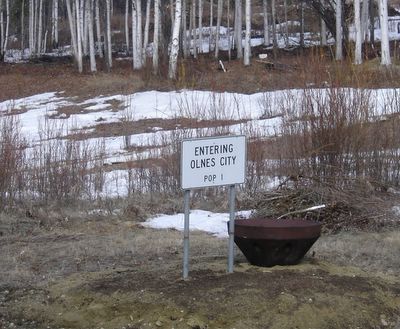
So, The Mrs., The Boy, and I went into our car and headed north out of Fairbanks. You can go north from there, and there are even two roads to choose from - the Steese Highway and the Other Highway. I call it the Other Highway because I couldn't remember it was the Elliot Highway until just now. They split at a town called Fox, and you can go north on either one. Not really having a destination in mind, we asked The Boy which way to go. He chose the Elliot. The Elliot goes up about another 175 miles or so to a town called Manley Hot Springs. Seeing as The Mrs. is like 71 months gravid with child, we chose to not take the full trip to Manley. We did, however, get as far as Olnes City. I present its sign, and a picture of the Olnes City Hall below.

Not far out of Fox, you pass a few gold mines, some operating for mineral extraction, some operating for tourist revenue extraction. However, given the relative lack of unfrozen ground and cooperative rubbernecks, respectively, neither type was operating as we zoomed by. Olnes City was the last real inhabited place we came to. There was a gas station, complete with sign that noted "Last Gas for 125 Miles," but it was further back.
The ground past Olnes City got ugly, as did the road. Soon we were in land dominated by permafrost. Permafrost comes from the root words - perm - meaning hair style and afro, meaning hair style, and st meaning street. From this derivation, one would assume that this would indicate driving on hair. Not so! Actually, perm-afro-st means that the ground is always, one could say permanently, frozen.
This presents difficulty to living things, like trees, except for the trees that choose to remain frozen. The biological term for this type of tree is "dead."
Perm-afro-st is in a lot of places (but not all) around Fairbanks. When daring entrepreneurs build a house on this stuff, one finds that the frozen ground, after a few years of human heat input to the soil, begins to melt. The ground, once frozen mud, is now just normal mud, like you might see anywhere, say, in Ohio. This "building on sloshy mud" technique (though popular in Los Angeles) causes the houses to tilt and become structurally questionable - especially for an earthquake zone like Alaska is. Also, no bank in the universe will loan money for a buyer to purchase a house on sloshy mud. So, once you've got one, it stays yours, baby.
I heard a story on the radio news that "global warming" was causing the permafrost to melt. I beg to differ - local warming (a house at 70 degrees) is causing the permafrost to melt - under the house.
Taking a step back, thinking about global warming is funny. It's like belief in UFOs. One group believes that global warming is happening, based on some blurry photos and an analysis of the stuff that people are putting into the air. I might add, this is the same group (philosophically) that believed that we were headed to a new ice age based on some blurry photos and an analysis of the stuff that people are putting into the air (but the new ice age is so 1970's, darling).
The other group believes that it isn't. This is the same group that was (apparently) correct with their bold prediction in the 1970's that a new ice age was not immediately upon us.
We're short on facts, folks, so I'll stay out of this one for a while, and, as I said, that'll be something for another time. Stay tuned - I'll let you know in 2040 how this one comes out.
I'm not sure that there's a consensus about global warming (pro or con) in Alaska. I think that, for the most part, folks around here wouldn't have a problem with it. This is based on the scientific study of the one bumper sticker I saw that said, "Alaskans for Global Warming." I personally am worried about Global Averaging, where every temperature everywhere on the planet is the same, all the time. Help stamp out Global Averaging!
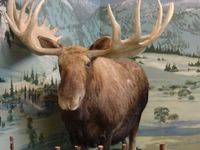


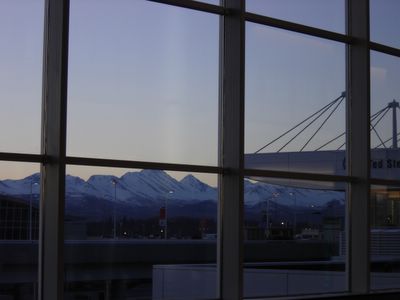
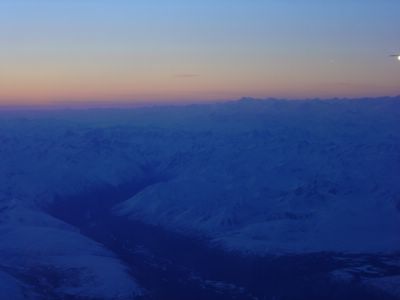
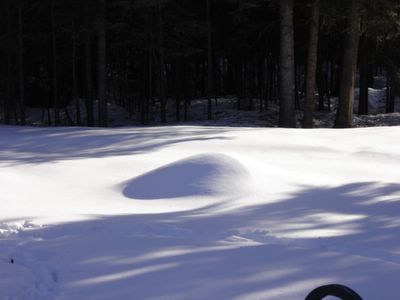

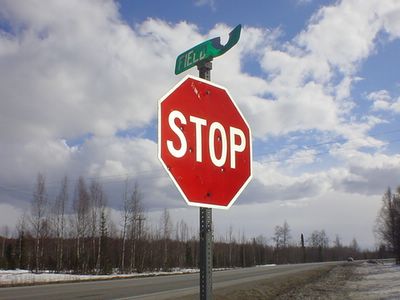
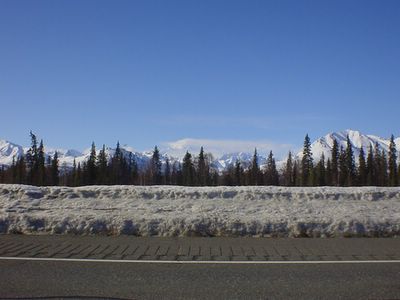

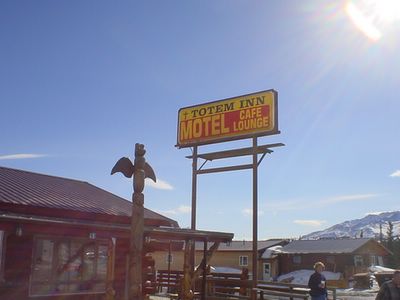
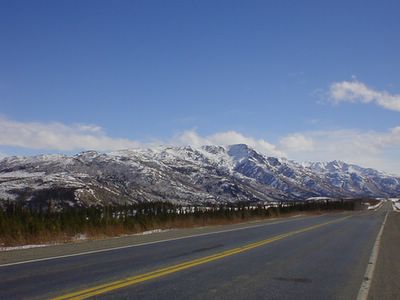
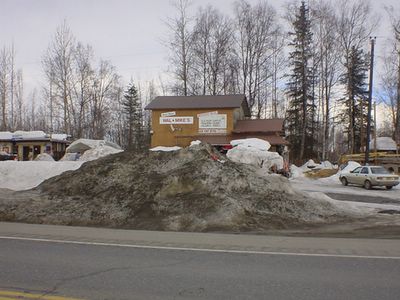

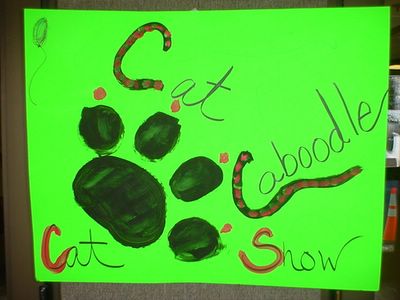
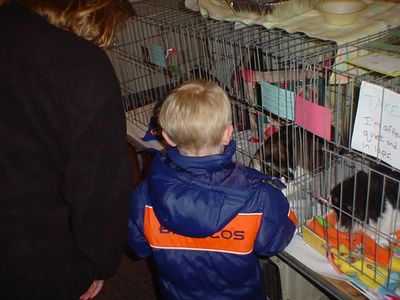



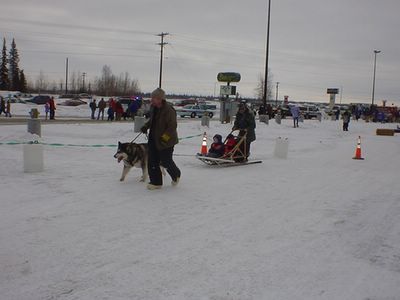




 Blogarama
Blogarama